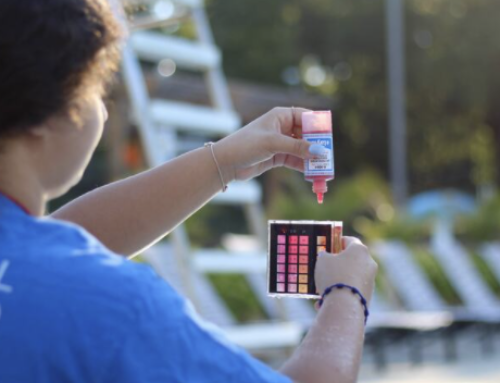With two coasts and hundreds of thousands of swimming pools marking the distance in between, it shouldn’t come as a surprise that the U.S. is a country fond of the occasional dip. Swimming has become such a popular sport in the U.S. that USA Swimming explained how 219 million people tuned in to the 2012 London Olympics, and swimming was by far the most talked about event on social media.
But how did the sport get to be this popular in the first place? Swimming has always been an entertaining way to relax on a hot summer day, but it needed the passion and talent of men like Peter Daland, a decorated and celebrated swimming coach for the University of Southern California and the U.S. Olympic Team. The winner of numerous awards for his years of service, including the 1962 American Swimming Coaches Association Coach of the Year and a lifetime achievement award from the Amateur Athletic Union, Daland passed away October 20th at the age of 93.
The rise of swimming and Daland
Pool management does what it can to attract more patrons, but Daland might be to thank for much of the foundation. According to his biography at the International Swimming Hall of Fame, the New York City native is the only coach in history to win all three major national team championships, with eight National Collegiate Athletic Association titles, 14 National AAU Men’s and two National AUU Women’s to his credit. But not even Daland could predict that his meteoric rise to dominate the U.S. swimming landscape would last more than three decades,
The New York Times explained that Daland’s coaching career began as unceremoniously as possible. After graduating from college in 1948 in Pennsylvania, Daland worked as a medical textbook publisher while coaching a small swimming club in Philadelphia on the side. He managed to land a job as the assistant coach at Yale University in 1950 and would stay in New Haven, Connecticut, for the next four years.
It wasn’t until Daland arrived at USC in 1956 as a part-time employee that his career as an educator and a promoter really took off. The Los Angeles Times explained that the NCAA offered very few athletic scholarships for swimming at the time, and reductions to athletic training staff and school budgets had forced a number of colleges across the country to scrap their swimming programs entirely. Daland lobbied both USC and national governing bodies for better facilities for his athletes and more opportunities for prospective swimmers to break into the sport in an attempt to keep U.S. swimming on the map.
“If we can keep college swimming strong, and if we can keep the age-group program churning out future Olympians, and if we can keep promising youngsters in the sport – if, if, if – the U.S. will remain the world’s strongest swimming nation,” Daland wrote in a 1992 column in the New York Times.
Sustained success
As one of the most decorated coaches in U.S. swimming history, Daland knew a thing or two about winning at a high-level – and then maintaining that level of excellence for as long as possible.
During Daland’s tenure at USC from 1958 to 1963, his team won nine group titles and 93 individual awards in NCAA competitions. Sixty-two of his team members would go on to become Olympians, and Daland himself coached the Women’s Olympic Team in 1964 and the Men’s in 1972. With the help of swimmers like Mark Spitz, Daland would help Team USA collect 15 medals.
“Daland was a giant,” Bruce Furniss, one of Daland’s students at USC, told the NCAA. “He was to swimming what John Wooden was to basketball. He cared deeply about you as a swimmer and as a person, and he did it in both a loving way and a strong parental way.”





